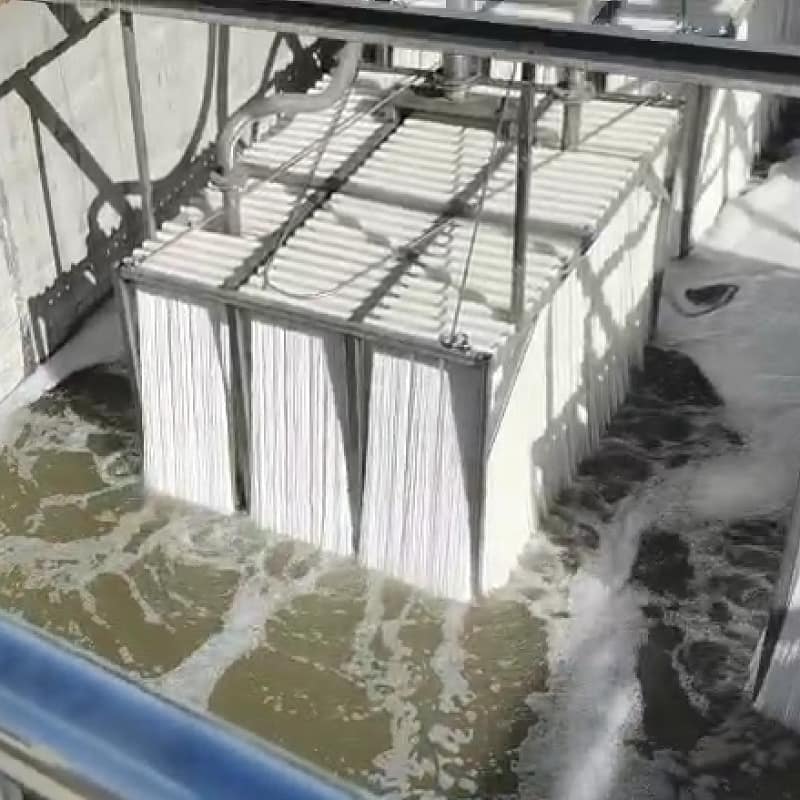Understanding Key Terminologies in MBR Technology
Updated on: July 2025 | By RANDL Environment
1. Feed Water
The raw water or wastewater that enters the ultrafiltration or MBR system.
2. Flux
Flux refers to the volume of water produced per unit membrane area over time. It is typically expressed in liters per square meter per hour (L/m²·h). Higher flux indicates higher productivity.
3. Trans-Membrane Pressure (TMP)
TMP is the average pressure difference between the feed side and the permeate side of the membrane. It is a key performance indicator that reflects membrane fouling conditions.
4. Backwash
Backwash is the process of sending filtered water from the clean side of the membrane back through to the dirty side, loosening and flushing away the contaminants on the membrane surface.
5. Air Scrubbing
This involves using oil-free compressed air to agitate the membrane surface. The turbulence helps dislodge fouling material and enhances membrane cleaning.
6. Chemically Enhanced Backwash
This is an upgraded version of backwash, where chemicals such as sodium hypochlorite (NaClO) are added to the backwash water to improve cleaning efficiency.
7. CIP – Cleaning in Place
When membrane performance drops significantly, offline chemical soaking is performed. Membranes are soaked in tanks with appropriate chemicals to remove deep-seated fouling.
8. Recovery Rate
This is the percentage of feed water that is converted into permeate water. Formula:
Recovery (%) = (Permeate / Feed) × 100
9. MWCO – Molecular Weight Cut-Off
MWCO defines the smallest molecular weight of a compound that a membrane can retain at 90% efficiency. This is often tested using molecules like glucose, myoglobin, or pepsin.
10. Concentration Polarization
This occurs when retained particles accumulate near the membrane surface. It can be reduced by increasing tangential flow velocity, a design consideration in most modern systems.
11. Membrane Fouling
Fouling refers to the accumulation of particles, colloids, organics, or microbes on the membrane surface or inside its pores, which leads to reduced flux and efficiency. Proper pretreatment and maintenance are key to minimizing fouling.
👉 See our related article: How to Clean MBR Membranes Effectively
Related Resources
Conclusion
These terms are foundational in understanding, operating, and maintaining MBR and ultrafiltration systems effectively. A solid grasp of these concepts not only helps in troubleshooting but also in system design and long-term optimization.
Looking for support with your membrane selection or system setup? Contact our team at RANDL Environment — we’re happy to help with technical guidance or product recommendations.

